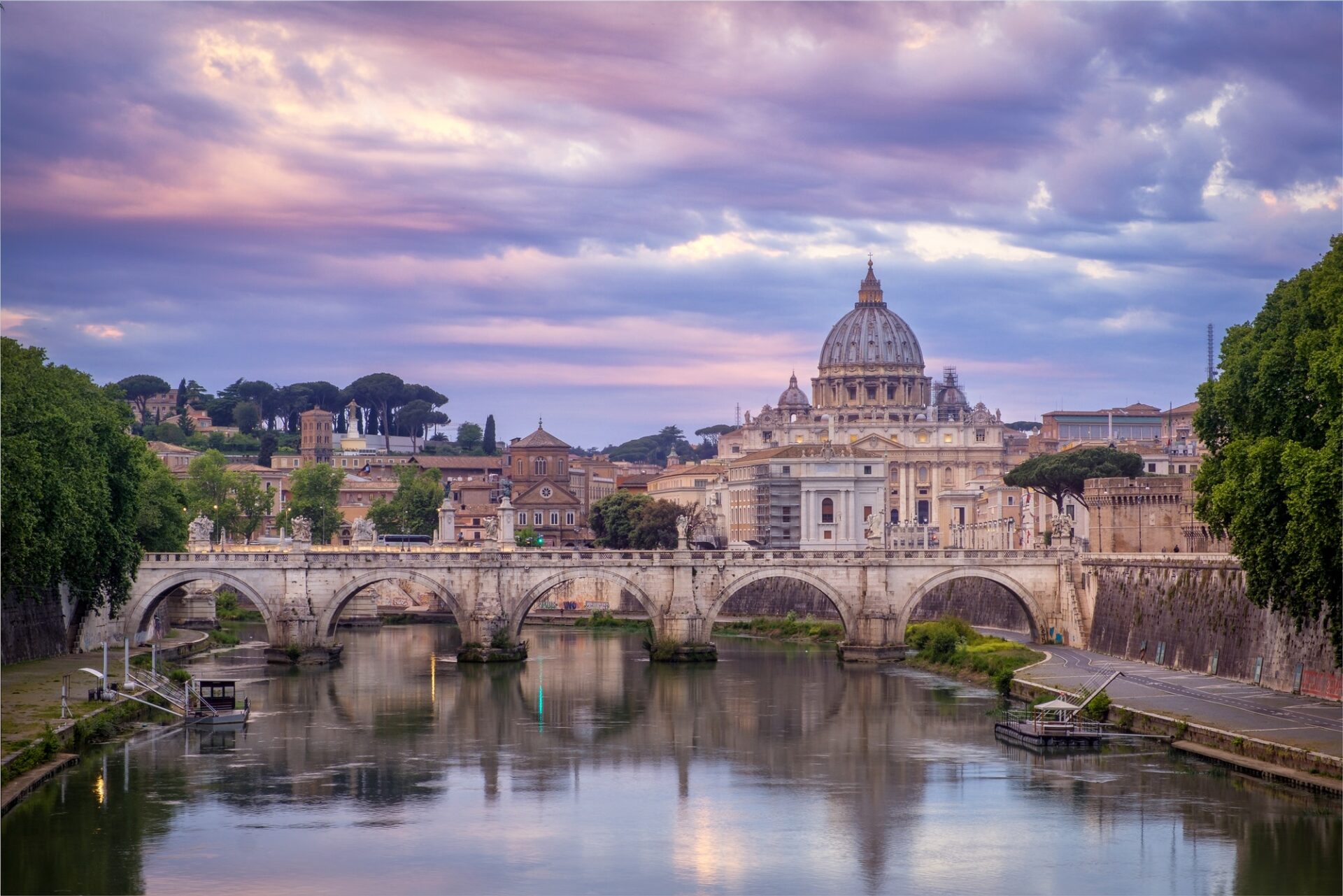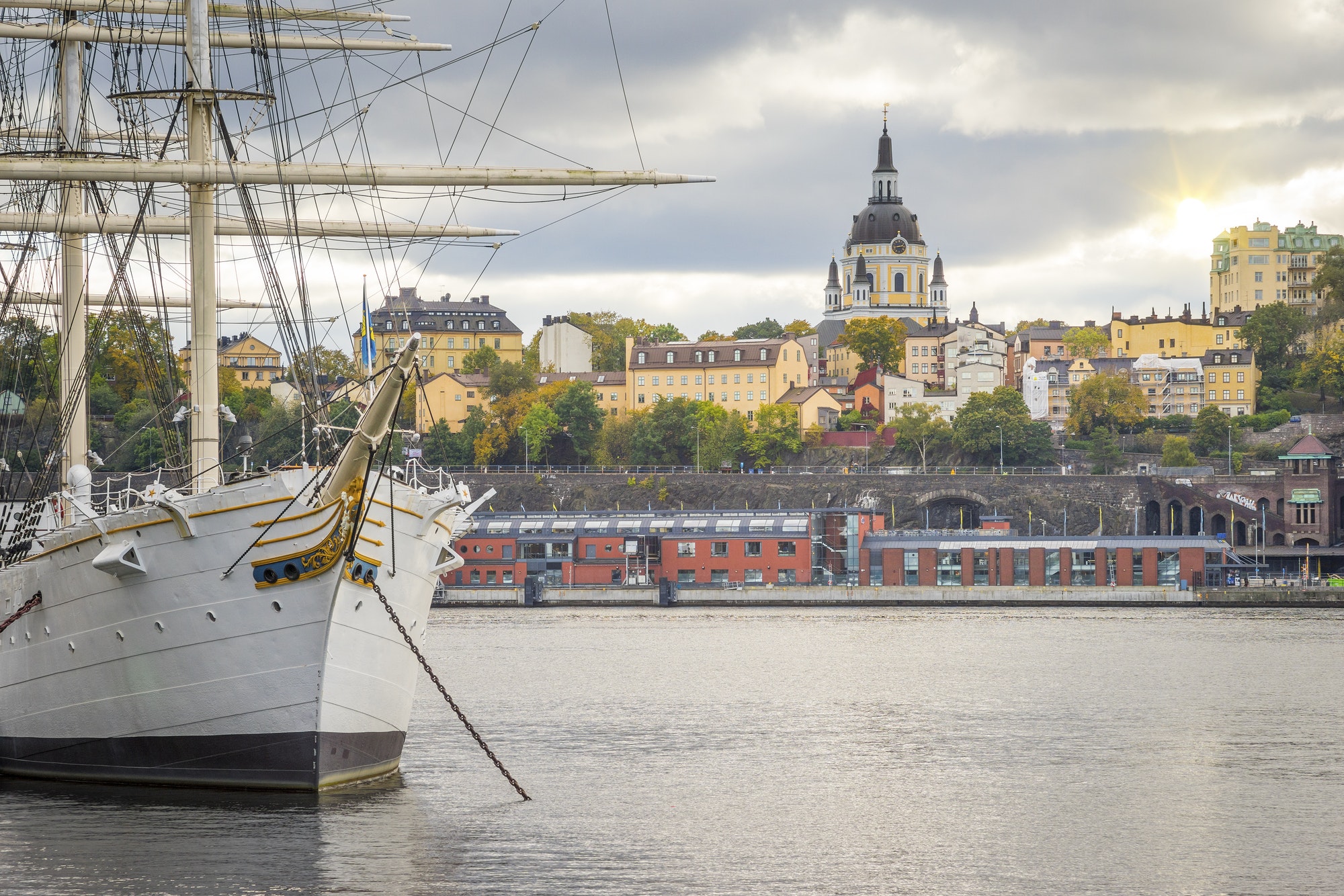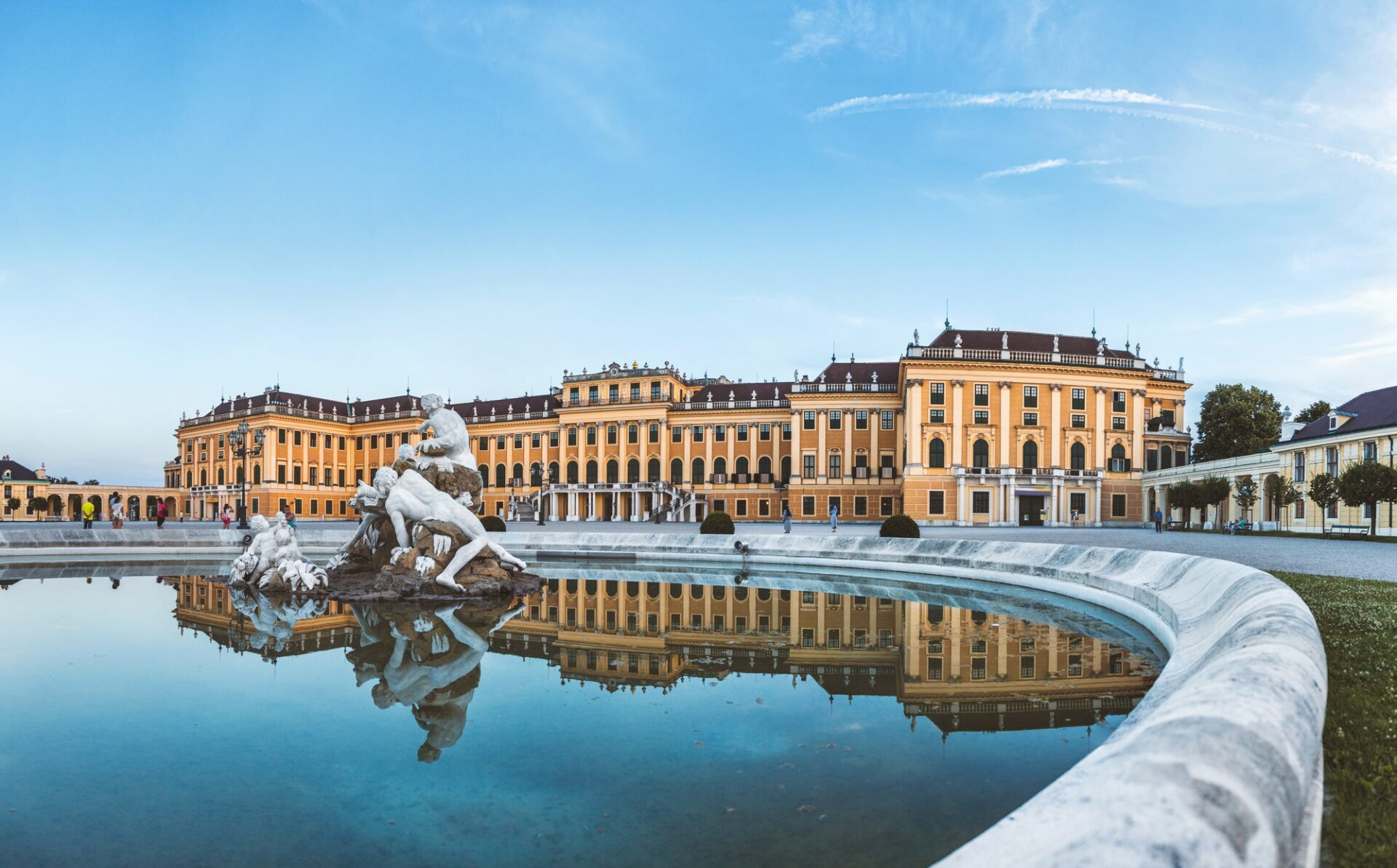Studying and living in Italy
Italian universities have been the destination of thousands of students from around the world for several hundred years. High quality of education, the prestige of universities, modern infrastructure, excellent cuisine, and sunny weather – these are the primary arguments for the fact that studying in Italy is the right decision!
Organization of universities in Italy
The system of higher education in Italy can be divided into two separate sectors:
- university – including 89 universities (58 state universities and 17 private ones, 2 universities for international students, 6 postgraduate schools and 6 e-learning schools.)
- non-university – including universities with artistic, linguistic, technical, diplomatic and military profiles.
The oldest universities are undoubtedly the University of Salerno (founded in the ninth century) and the University of Bologna, which dates back to 1088. The following universities were the University of Padua founded in 1222 and the University of Naples (1224), founded by Frederick II, University of Florence ( 1308), and universities in Pisa, Pavia, and Turin.
No one should be surprised by the system of study organization, which assumes a three-staged division of academic education:
First-cycle studies usually lasting three years and ending with a Bachelor’s degree;
two-year 2nd-degree studies ending with obtaining a Master’s degree;
doctoral studies crowned with obtaining a Ph.D. degree.
Some individual majors (e.g. medicine, dentistry, pharmacy, and veterinary medicine) are implemented only in normal mode. Education lasts from 5 to 6 years and ends with obtaining a Master’s degree or an equivalent.
If you are considering going to Italy to study, but you lack detailed information about the recruitment process, the organization of studies and the scholarship system, it is necessary to view our interview with Bhor Dubey from the Polytechnic in Milan.
Recruitment Process and Documents Required
Candidates for the Bachelor’s degree course are indeed required to submit a secondary school certificate and a secondary school-leaving examination certificate. Candidates from Poland should, first of all, go to the Italian embassy, where a set of translated documents should be submitted. In return, you will receive a formal confirmation of all certificates which are to let you proceed with the recruitment process.
Universities will eagerly accept a package of application documents from you, but only in specific deadlines. If you intend to study medical faculties, you must submit your application in April or May. In other majors, recruitment takes place in September or October – a detailed recruitment schedule is always available on the websites of individual universities.
Most colleges do not organize entrance examinations, but candidates for a unified Master’s degree program should take into account the necessity to approach the obligatory state examination. The dates of exams are always included in the recruitment schedule.
Knowledge of Language and Certificates
I am sure you are unlikely to be surprised by the information that Italian universities require candidates for studies to be fluent in Italian, aren’t you? Besides, the offer of English-language courses is rather poor and available only at the best universities.
Your linguistic competence will be checked during a special exam, from which the CILS or PILDA certificate holders are exempt. If you do not pass it, you can take advantage of the annual preparatory courses, which are on offer at several Italian universities.
Candidates for English-language courses undergo the same procedure. However, the language exam exempts those possessing a TOEFL or IELTS certificate.
Tuition and Living Costs in Italy
Tuition fees at state universities usually range from EUR 850 to 1000 per academic year (in first-cycle studies). However, when planning to take up a Master’s degree course, you need to have a much larger budget, as the price for the academic year may even amount to 10,000 euros. It all depends on the chosen major and university.
After getting acquainted with the obligatory fees, it’s time to start looking for a flat, without which you could not go. A shocking fact is – most Italian universities do not have their own dorms, so you can practically forget about the cheapest form of student accommodation. Nevertheless, if you happen to find a university WITH a dorm- forget it twice- since local students from low-income families and underdeveloped regions are a priority.
You will pay between 250 and 1000 euros for an apartment downtown – depending on the city, area, and standard. While signing the tenancy agreement, you will be provided help from the employees of university accommodation offices – this way, you are likely to avoid many problems and potential misunderstandings.
How much will you need for food, accommodation, public transport, and student life? In a big city in the north of the country, you should expect an expenditure of 1200-1500 euros. In southern cities, you will probably save between 100 and 200 euros monthly.
Employment prospects for students
If You are a UE member, you do not need any exclusive rights or permits to work in Italy. However, you may have a considerable problem finding a permanent job due to the high level of unemployment, especially among young people who have been living in Italy for many years. The tourism, entertainment, and gastronomic industries create the most significant chance.







